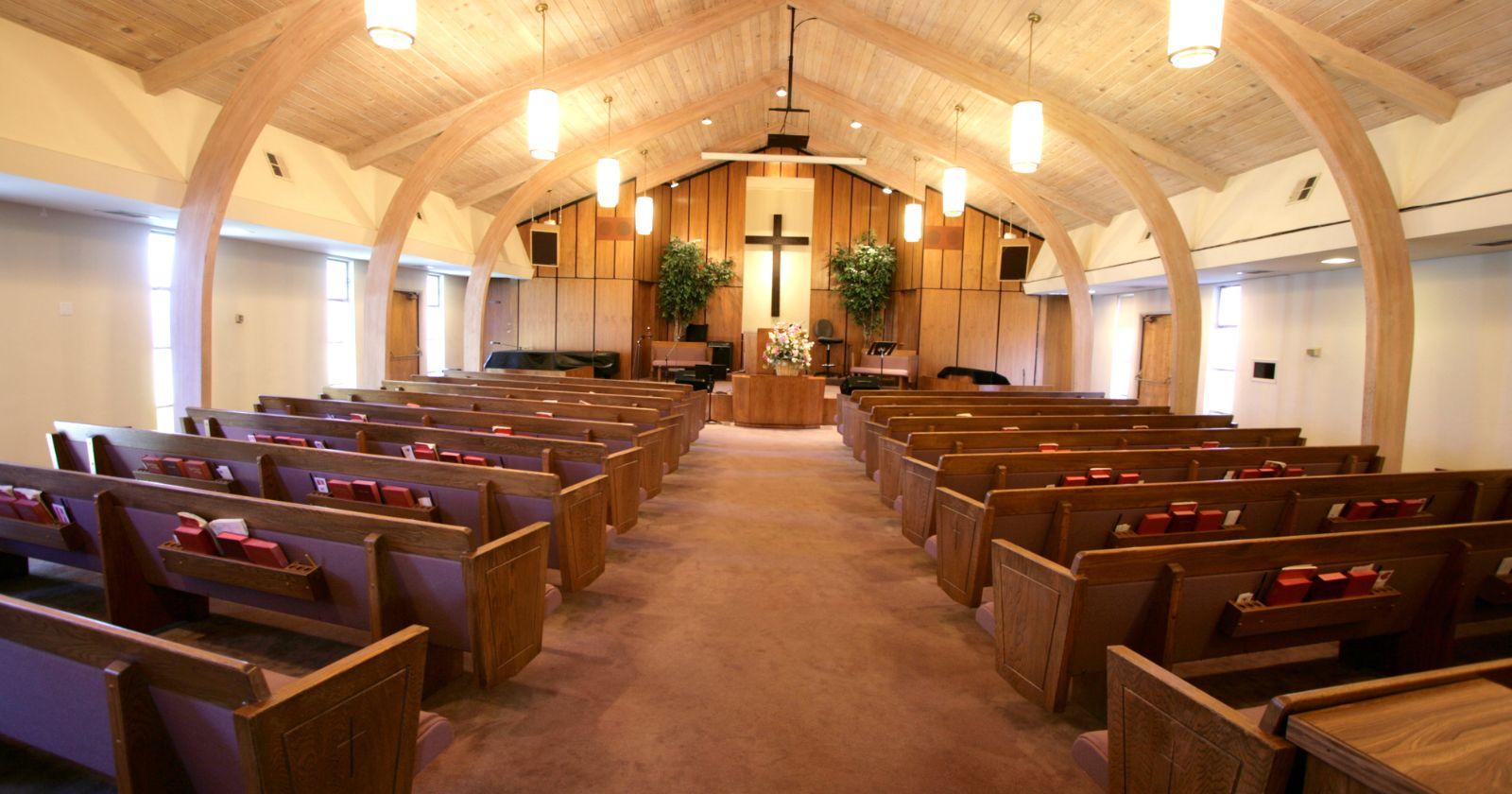
Unlocking the Mystery of COVO Congregations: Part 2
What are the benefits of a COVO Congregation?
As I mentioned in part one, What is a Covocational Congregation? , congregations without a full-time paid minister are often seen as declining, small, and struggling churches. Yet, many churches and leaders are intentionally adopting this approach to improve their strategy and spiritual health. So, what possible benefits can there be in adopting this pattern of ministry?
First and foremost, there are numerous benefits for the COVO ministers:
1. They are released from the emotional burden of carrying the health and care of their followers alone. This leads to the development of a more well-rounded sense of identity as they perceive themselves to be more than just church leaders. As a result, burnout becomes less probable. It also crushes any isolation that could potentially lead to the misuse of power and prerogative.
2. They are capable of creating closer, more aware relationships with people beyond the church. This, in turn, permits them to address the worries and struggles of non-lay people more effectively.
3. The ministers are liberated from financial concerns as the church's fortune fluctuates. Consequently, this freedom enables them to speak prophetic truths more boldly when required.
4. Lastly, they are more likely to establish deep roots in a local community and remain there for an extended period.
Secondly, there are also benefits to the congregation and the members:
One major advantage of a shared ministry approach is the strategic allocation of financial resources across various ministry areas. This approach promotes a more encompassing role and contribution of everyone who serves, elevating their role within the church.
A shared ministry is deeply attuned to the concerns of the entire church rather than being solely driven by the passion and gifts of one dominant leader. This method also enables the development and cultivation of leadership gifts within the church family on a more equitable basis.
The vision for success under this model veers away from simply growing numbers or running programs; instead, it intensively focuses on the spiritual health and vitality of all participants.
Consequently, a shared ministry leads to a more sustainable, restful pace of life, ministry, and programming. This equilibrium becomes quite attractive to busy, stressed-out individuals, making the church a haven of solace and peace.
Our COV Project at Briercrest defines a Thriving COVO church as showing the following signs:
- Thriving COVO congregations affirm the biblical call on every disciple of Jesus to serve in the priesthood of all believers. By empowering the entire body of the church to act, the onus is distributed among the congregation as all members discern and follow their individual and unique calling.
- Thriving COVO congregations understand and intentionally set reasonable expectations for paid and volunteer staff, joyfully respecting boundaries that nurture wellness. They raise up leaders who value diverse vocational callings as not only compatible with but valuable for the life of ministry.
- Thriving COVO congregations see life change in the individuals who make up their church community and contribute toward building flourishing neighbourhoods and cities.
Of course, some challenges come with a flatter, more distributed leadership structure. We’ll discuss those and how to tackle them in our next post! Stay tuned…
To learn more about the COVO Project at Briercrest, go to Co-Vocational Canada: Rethinking Sacred Work.
Reach out for free counselling for covocational leaders at covocounselling@briercrest.ca
To book a free consultation for your congregational leaders, contact Ellen Duffield, Coordinator for the Paul E. Magnus Centre for Leadership Studies at Briercrest Seminary.


